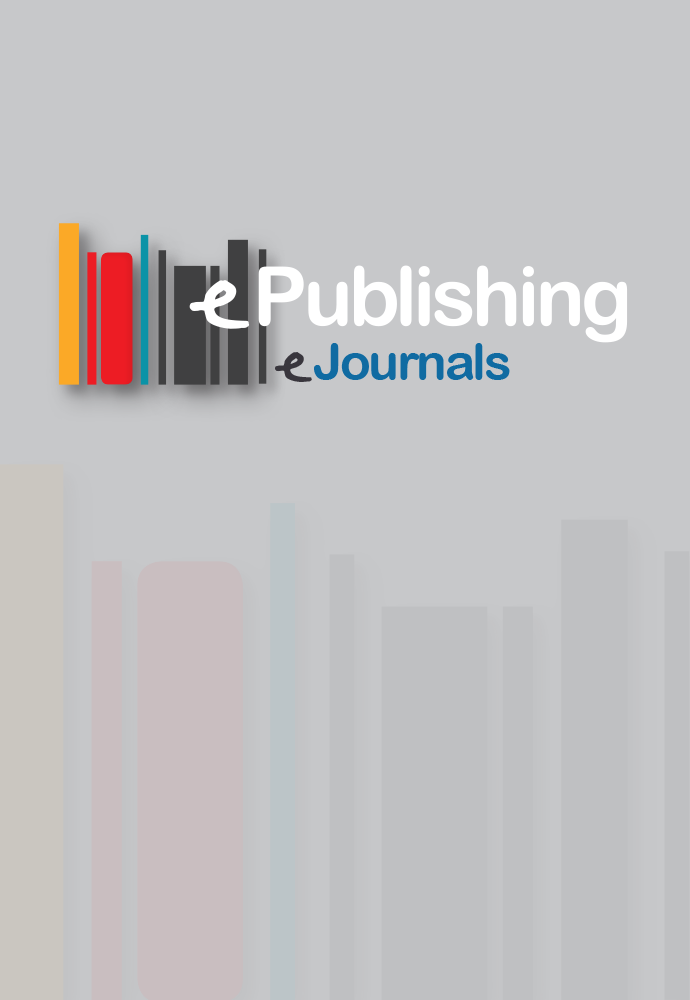Διαχείριση της αλλαγής και της καινοτομίας στη σχολική μονάδα: Η περίπτωση της αξιοποίησης εφαρμογών και βιβλίων Επαυξημένης Πραγματικότητας
Abstract
Οι ΤΠΕ προσφέρουν νέες δυνατότητες ενίσχυσης των διδακτικών στρατηγικών, η αξιοποίηση των οποίων στην εκπαιδευτική διαδικασία αποτελεί καινοτομία και αλλαγή για τις σχολικές μονάδες. Μία από τις σύγχρονες δυνατότητες των ΤΠΕ είναι η Επαυξημένη Πραγματικότητα (ΕπΠ) που επιτρέπει την υπέρθεση ψηφιακών πληροφοριών σε φυσικά αντικείμενα και παρέχει δυνατότητες διάδρασης με αυτές σε πραγματικό χρόνο. Ο διαμεσολαβητικός ρόλος των εφαρμογών ΕπΠ στην αλληλεπίδραση με το περιβάλλον είναι η βάση της μαθησιακής τους αξίας. Η ολοκληρωμένη παιδαγωγική αξιοποίηση εφαρμογών και βιβλίων ΕπΠ σε επίπεδο σχολικής μονάδας αποτελεί μία καινοτομία, που απαιτεί αξιόπιστες συνεργασίες, νέες ιδέες και μια γνήσια κατανόηση των κινδύνων και των ανταμοιβών. Η παρούσα εργασία αποτελεί μία μελέτη περίπτωσης διαχείρισης της ενσωμάτωσης της ΕπΠ ως καινοτομίας σε ένα Δημοτικό Σχολείο. Η αξιοποίηση των εφαρμογών και των βιβλίων ΕπΠ πραγματοποιήθηκε σύμφωνα με το μοντέλο διαχείρισης της καινοτομίας ‘Επίλυσης Προβλήματος’. Για τη διερεύνηση των ανησυχιών των εκπαιδευτικών ως προς τη χρήση της ΕπΠ, χρησιμοποιήθηκε το Ερωτηματολόγιο των Σταδίων των Ανησυχιών του Μοντέλου Concerns-Based Adoption Model (CBAM). Για την αξιολόγηση της διαχείρισης της καινοτομίας εξετάστηκε το πώς και κατά πόσο αποδέχτηκαν την τεχνολογία της ΕπΠ οι εκπαιδευτικοί, οι μαθητές/τριες και οι γονείς του σχολείου. Η αξιολόγηση έγινε με ποιοτικά και ποσοτικά εργαλεία μεταξύ των οποίων το Μοντέλο Αποδοχής της Τεχνολογίας (ΤΑΜ). Τα γενικά αποτελέσματα δείχνουν θετική αποδοχή της τεχνολογίας αυτής στη σχολική μονάδα. Η εφαρμογή του μοντέλου «Επίλυσης Προβλήματος» σε συνδυασμό με το μοντέλο CBAM αποδείχθηκε αποτελεσματική για την ενσωμάτωση της ΕπΠ στη σχολική μονάδα της συγκεκριμένης μελέτης περίπτωσης.
Article Details
- How to Cite
-
Σπύρου Σ., & Φεσάκης Γ. (2019). Διαχείριση της αλλαγής και της καινοτομίας στη σχολική μονάδα: Η περίπτωση της αξιοποίησης εφαρμογών και βιβλίων Επαυξημένης Πραγματικότητας. Themes in Science and Technology Education, 12(2), 77–98. https://doi.org/10.12681/thete.39992
- Issue
- Vol. 12 No. 2 (2019)
- Section
- Articles






